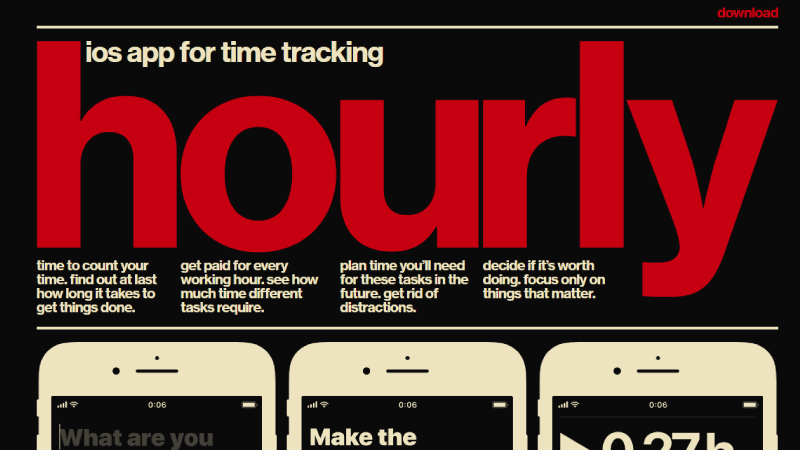Shop At Haya: Your Ultimate Shopping Guide
Discover the best shopping tips, trends, and deals for a smarter buying experience.
When Fonts Fight: The Typography Showdown You Didn't Know You Needed
Dive into the epic battle of fonts! Discover which typefaces reign supreme in the typography showdown you never knew you needed!
The Anatomy of Fonts: Understanding Typography Basics
Typography is more than just selecting a font; it involves understanding the intricate anatomy of fonts that can profoundly affect the readability and overall aesthetic of your content. Each font comprises various components, such as serifs, ascenders, and descenders, that contribute to its unique style. Serifs are the small lines or embellishments at the ends of characters, commonly found in fonts like Times New Roman. In contrast, sans-serif fonts, which lack these distinctive features, provide a cleaner, more modern look in designs aimed at digital media.
A solid grasp of typography basics is essential for anyone creating content, as it helps convey messages more effectively. When selecting a font for your project, consider factors like legibility, contrast, and line spacing. Using a well-balanced mixture of font sizes and styles can greatly enhance visual hierarchy. Remember, the right choice of typography isn't just about aesthetics; it can also influence the reader's perception and engagement with your text. Invest time in understanding these key elements, and you'll elevate your content to a new level of professionalism and appeal.

Helvetica vs. Times New Roman: The Ultimate Showdown
When it comes to typography, Helvetica and Times New Roman stand as two of the most recognizable fonts in the world. Each typeface carries its own unique aesthetic and history that caters to different design needs. Helvetica, a sans-serif font born in the 1950s, is renowned for its clean lines and modern look, making it a favorite choice for branding and signage. On the other hand, Times New Roman, a serif font created in the late 1930s, exudes a sense of tradition and formality, often seen in print media and academic settings.
The choice between Helvetica and Times New Roman ultimately depends on the message you want to convey. If you're aiming for a sleek and contemporary feel, Helvetica is your go-to font. Conversely, if your goal is to project professionalism and reliability, especially in written documents, then Times New Roman is likely the better choice. In summary, both fonts have their merits, and selecting the right one can greatly influence the perception of your design and the effectiveness of your communication.
How Typography Influences Design: A Deep Dive into the Power of Fonts
Typography is more than just the art of arranging type; it is a crucial element that can dramatically influence the design and overall effectiveness of any visual communication. The choice of fonts can evoke emotions, convey messages, and shape the perception of a brand. For instance, a serif font may impart a sense of tradition and reliability, while a sans-serif font often suggests modernity and simplicity. Additionally, the right typography not only enhances aesthetics but also improves readability and user experience, making it an essential consideration in both print and digital design.
Moreover, typography plays a vital role in establishing a consistent brand identity. Designers must pay close attention to typographic hierarchy, which includes elements like font size, weight, and spacing to guide the viewer's eye and emphasize key information. By effectively employing these principles, designers can create visually arresting layouts that draw attention to important content while maintaining a cohesive look and feel. In essence, understanding the power of fonts allows designers to not only beautify designs but also communicate complex ideas clearly and effectively.